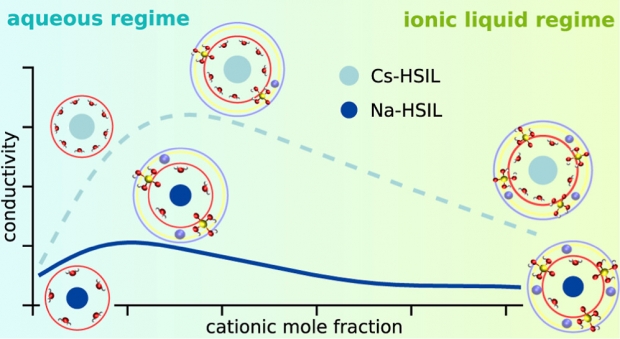Computational Protocol for the Spectral Assignment of NMR Resonances in Covalent Organic Frameworks
Abstract
Solid-state nuclear magnetic resonance spectroscopy is routinely used in the field of covalent organic frameworks to elucidate or confirm the structure of the synthesized samples and to understand dynamic phenomena. Typically this involves the interpretation and simulation of the spectra through the assumption of symmetry elements of the building units, hinging on the correct assignment of each line shape. To avoid misinterpretation resulting from library-based assignment without a theoretical basis incorporating the impact of the framework, this work proposes a first-principles computational protocol for the assignment of experimental spectra, which exploits the symmetry of the underlying building blocks for computational feasibility. In this way, this protocol accommodates the validation of previous experimental assignments and can serve to complement new NMR measurements.


 Open Access version available at
Open Access version available at